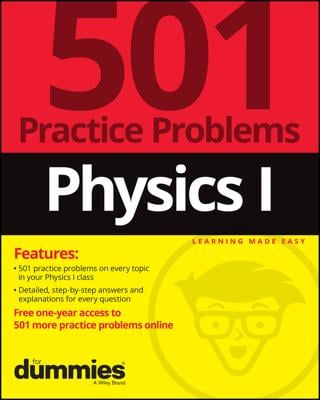Time travel exists in physics because of possible solutions to Einstein’s general theory of relativity, mostly resulting in singularities. These singularities would be eliminated by string theory, so in a universe where string theory dictates the laws of the universe, time travel will probably not be allowed — a result that many physicists find quite favorable to the alternative (though far less interesting).
Arthur Eddington’s third observation about the arrow of time indicates that physical laws actually ignore the direction of time, except for the second law of thermodynamics. What this means is that if you take the time t in any physics equation and replace it with a time –t, and then perform the calculations to describe what takes place, you’ll end up with a result that makes sense.
For gravity, electromagnetism, and the strong nuclear force, changing the sign on the time variable (called T-symmetry) allows the laws of physics to work perfectly well. In some special cases related to the weak nuclear force, this actually turns out not to be the case.
There is actually a larger type of symmetry, called CPT symmetry, which is always preserved. The C stands for charge-conjugation symmetry, which means that positive and negative charges switch. The P stands for parity symmetry, which involves basically replacing a particle for a complete mirror image — a particle that has been flipped across all three space dimensions.
This CPT symmetry is a property of quantum theory in our four-dimensional space-time, so at present we are ignoring the other six dimensions proposed by string theory.
The total CPT symmetry, it turns out, appears to be preserved in nature. (This is one of the few cases of unbroken symmetry in our universe.) In other words, an exact mirror image of our universe — one with all matter swapped for antimatter, reflected in all spatial directions, and traveling backward in time — would obey physical laws that are identical to those of our own universe in every conceivable way.
If CP symmetry is violated, then there must be a corresponding break in T-symmetry, so the total CPT symmetry is preserved. In fact, the handful of processes that violate T-symmetry are called CP violations (because the CP violation is easier to test than a violation in the time-reversal symmetry).

